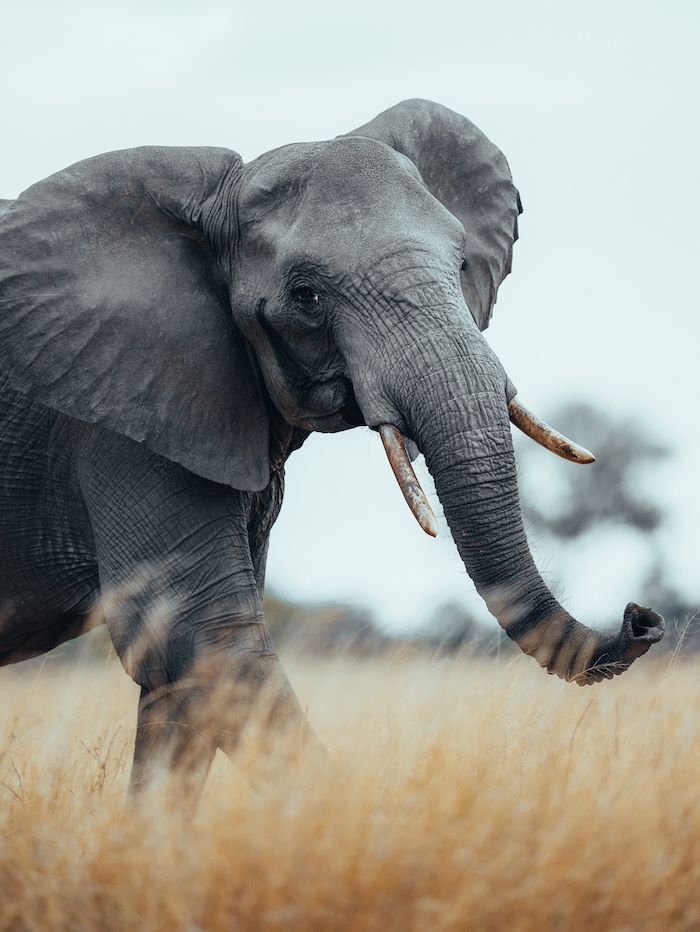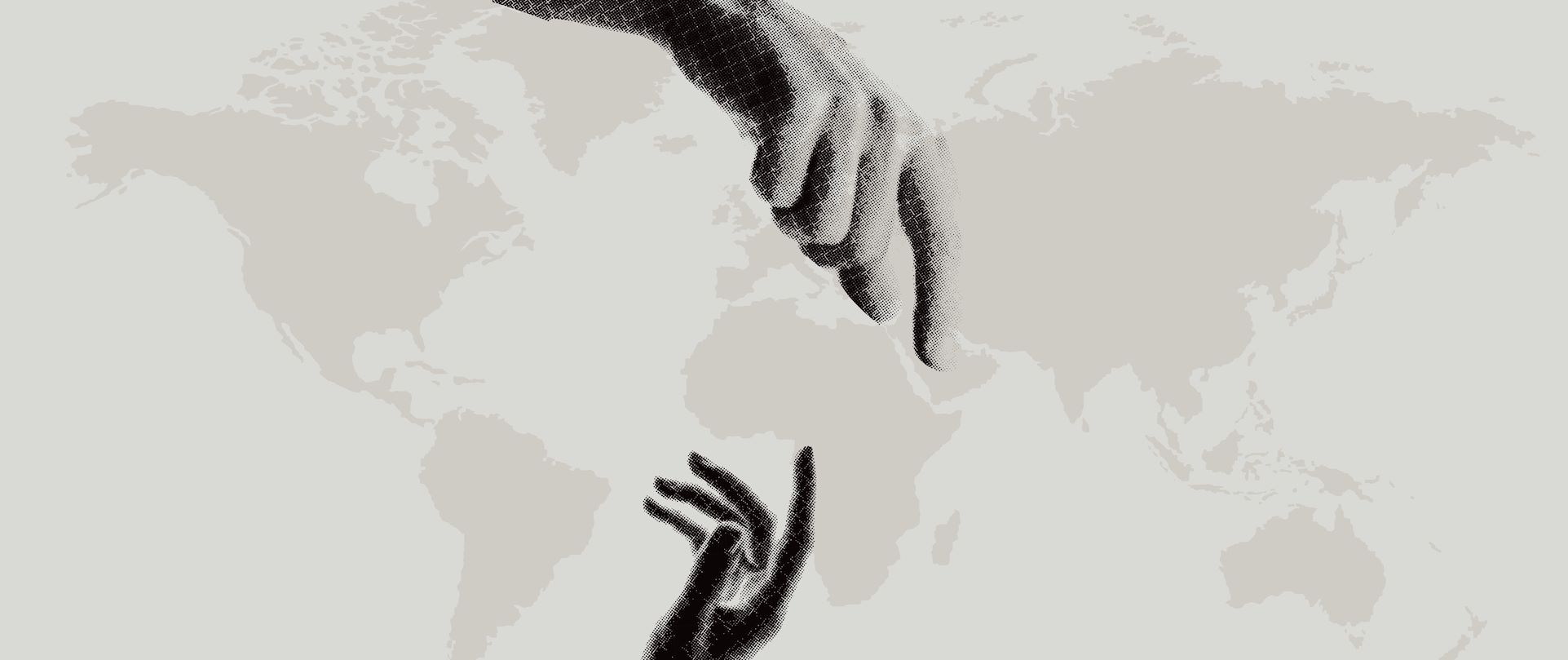
Wilderness Impact Challenge
Driven by purpose; united by cause.
Changemakers, innovators, and environmental champions, we want you!
Wilderness Impact Challenge 2025
WINNER
Wilderness Impact Challenge 2025
WINNER
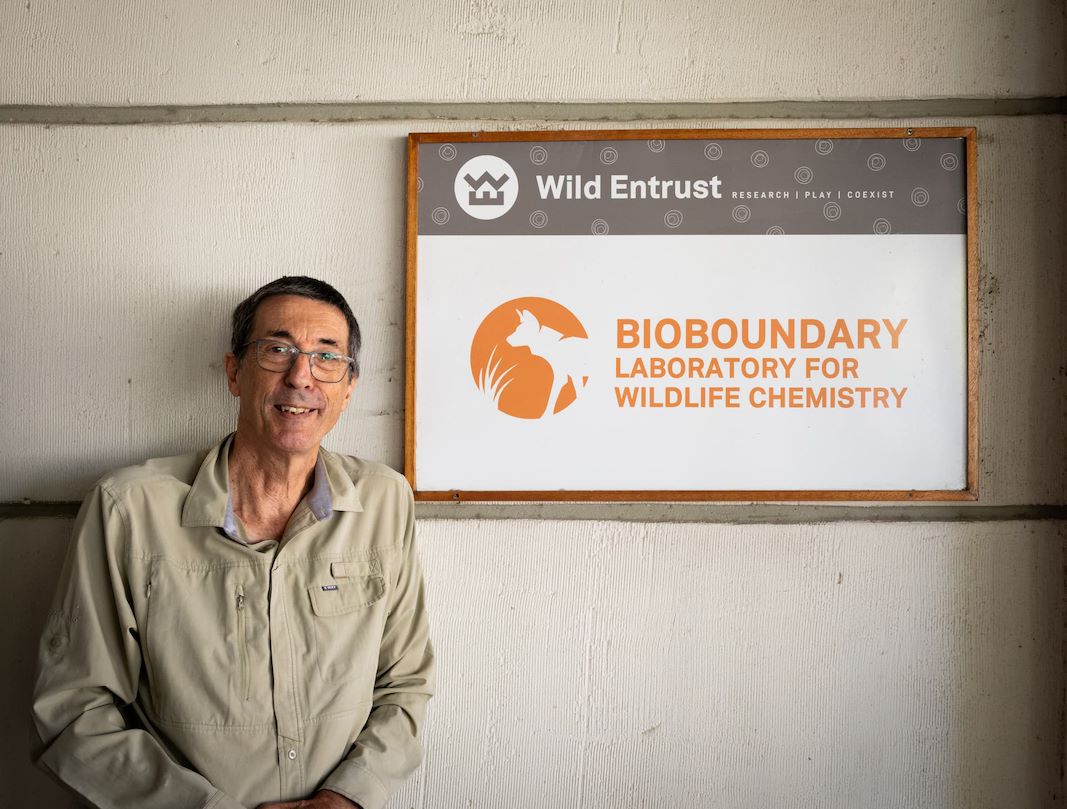
Wild Entrust Africa
The BioBoundary Project

What the judges said
See BioBoundary in action
Watch this space, as we will be documenting the implementation and scaling up of the winning solution soon!
FINALISTS
FINALISTS
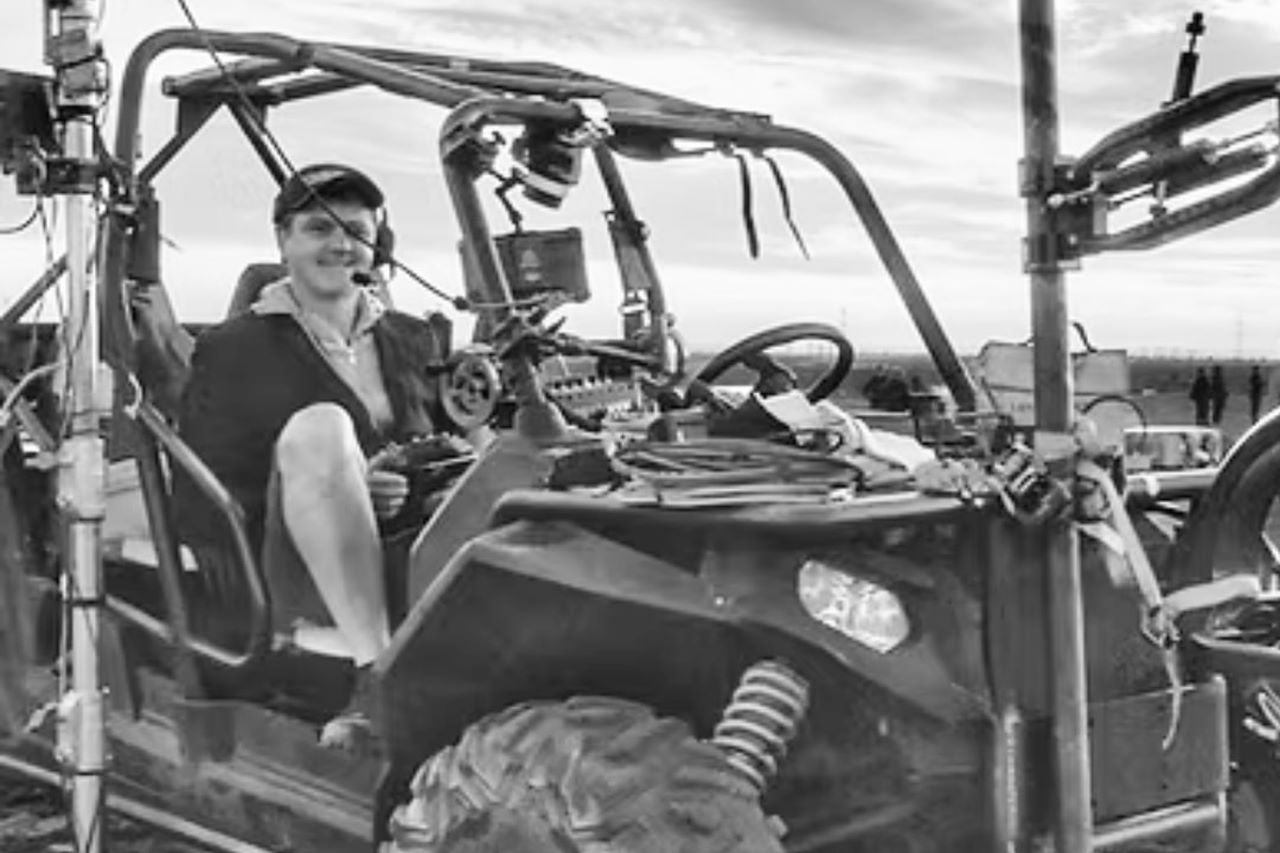
Wildlife Tracking Reinvented
Traditional GPS tracking collars require frequent battery replacements, causing stress to animals and logistical challenges for researchers. In Zambia, Jonathan O’Connell is developing battery-free tracking tags, supported by environmental signal amplifiers, to enable long-term, low-maintenance wildlife monitoring.
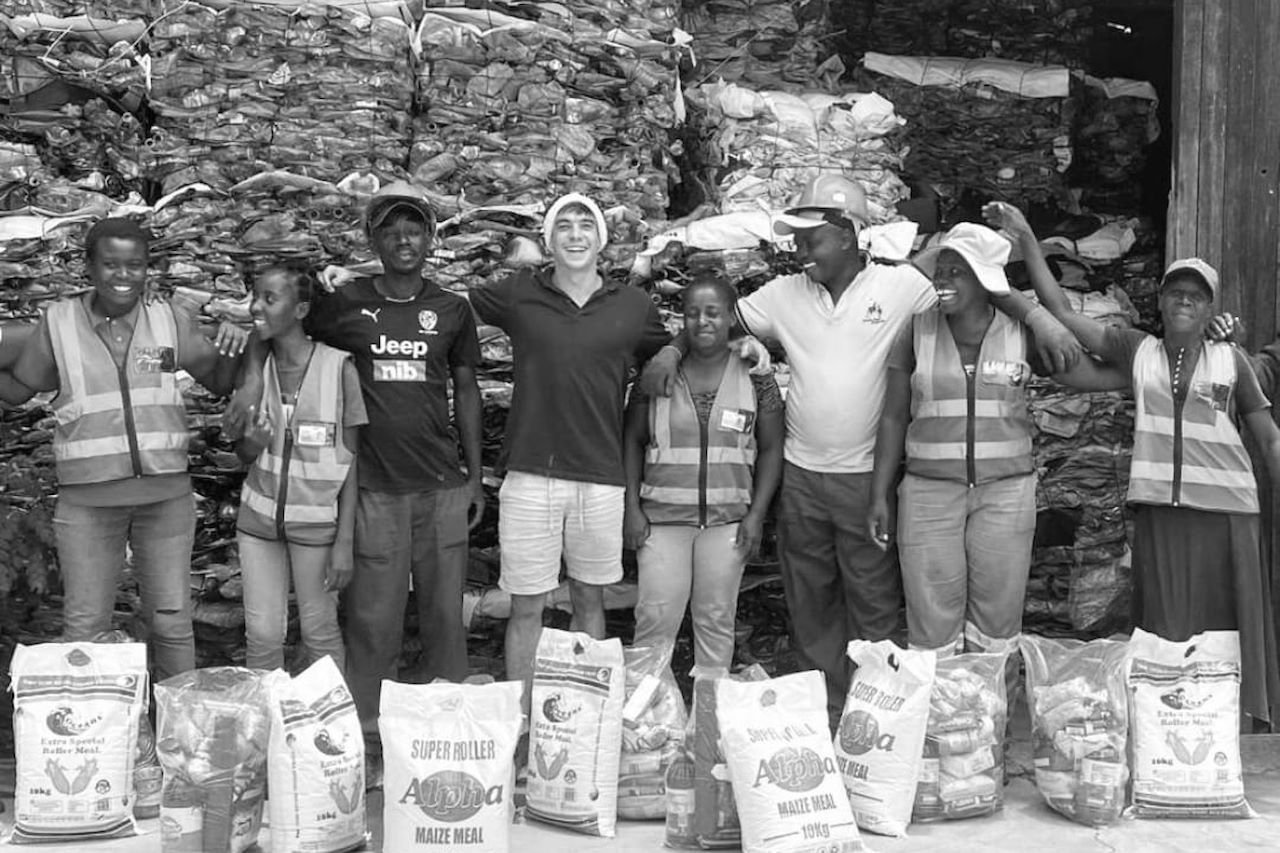
From Plastic Waste to Building Solutions
Plastic pollution is a growing crisis in Victoria Falls, Zimbabwe, where discarded plastic rapidly accumulates and is ingested by wildlife, particularly elephants. Plastic poisoning causes neurological distress, leading to erratic and aggressive behaviour, which increases human-wildlife conflict, such as elephant attacks on people.
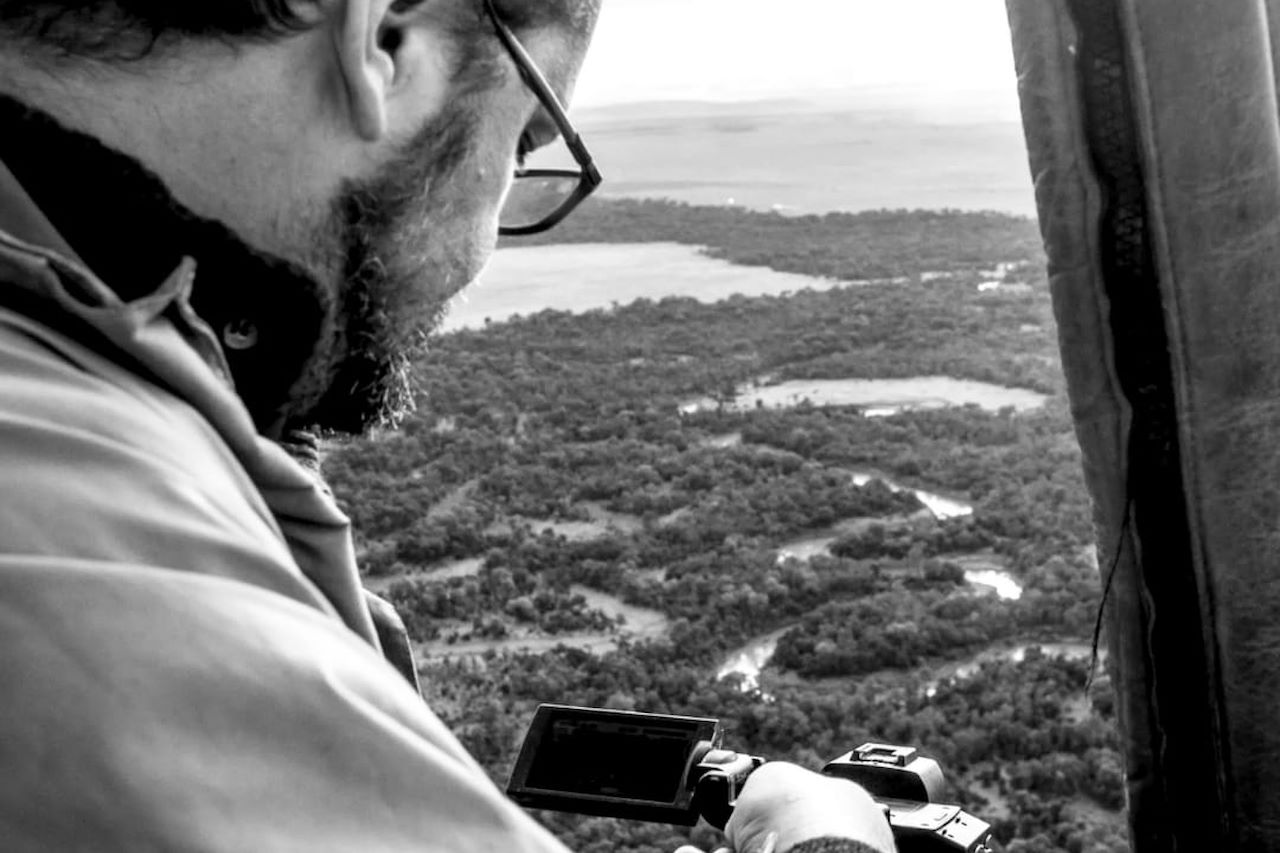
AI-Powered Snare Detection
Wire snares are one of the most cruel and destructive poaching tools, injuring and killing countless animals. Graham Wallington’s project, AI-Powered Snare Detection, uses Synthetic Aperture Radar and Artificial Intelligence to locate snares from the air, allowing rangers to remove them quickly and efficiently instead of relying on time-consuming manual searches.


Stay inspired
Explore our stories of change. Sign up to stay connected and received regular Wilderness Impact news, including application updates and inspiring developments.
